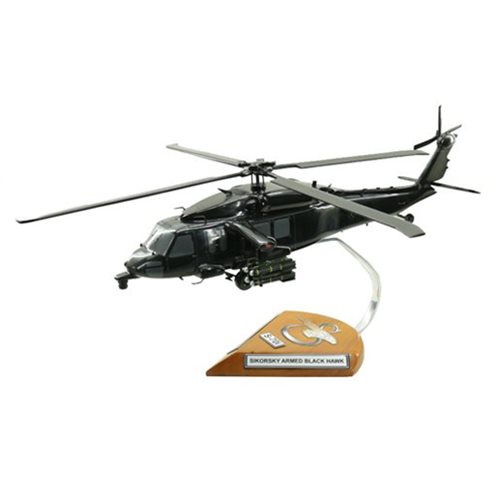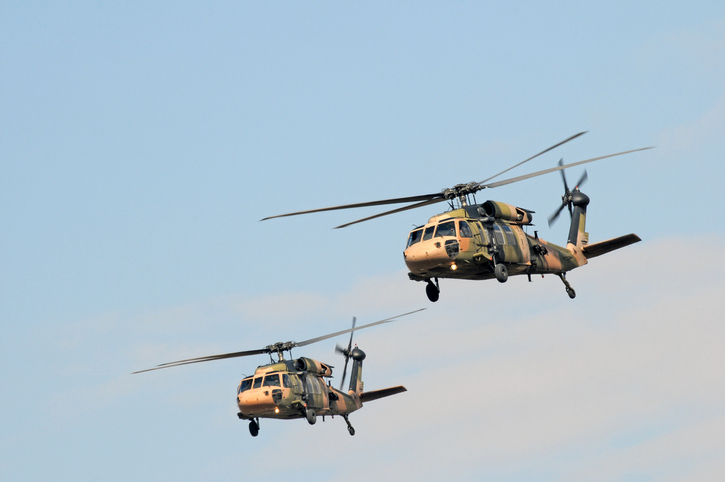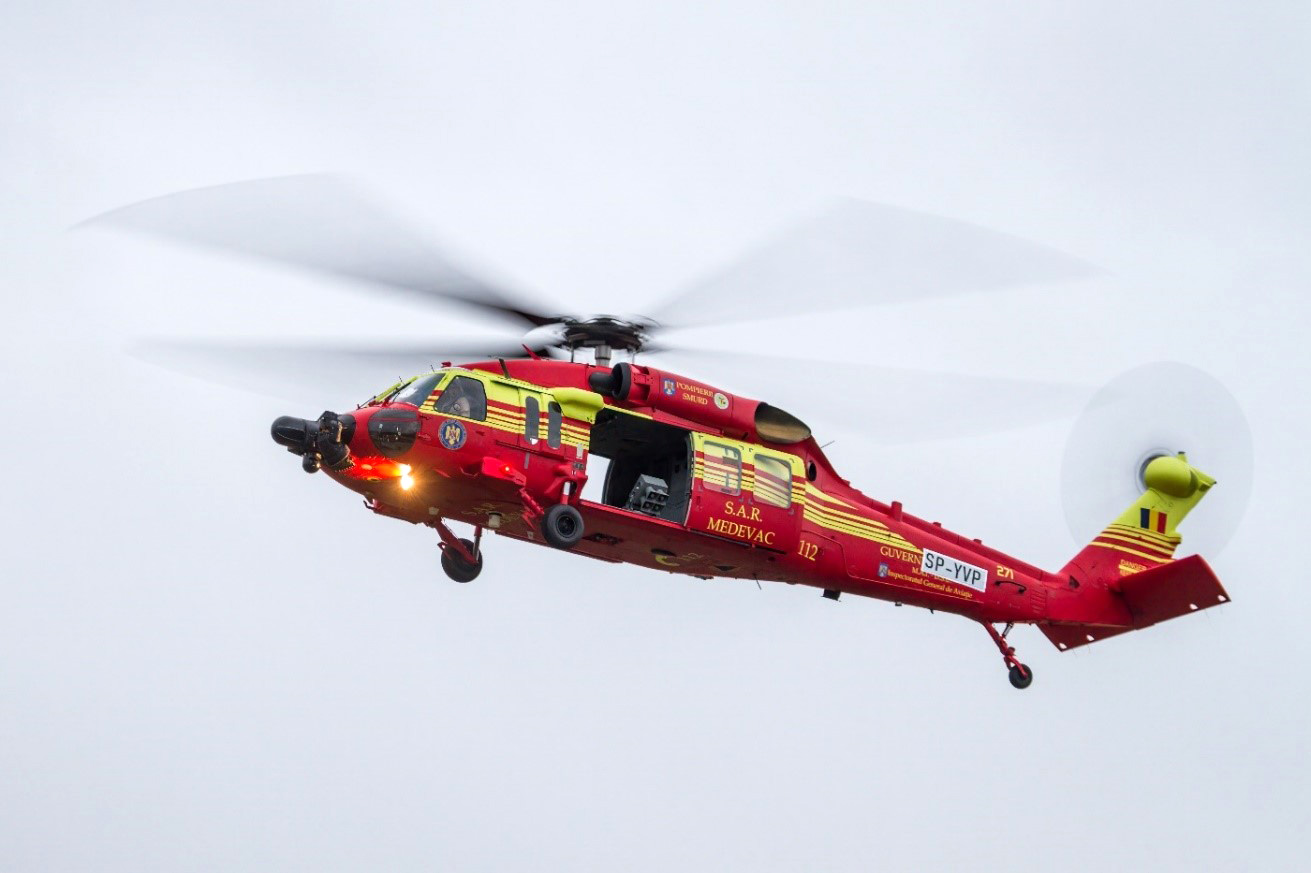Exploring the Abilities of the Sikorsky S 70: An Extensive Testimonial
Exploring the Abilities of the Sikorsky S 70: An Extensive Testimonial
Blog Article
High-Performance Multi-Role Rotorcraft Featuring Advanced Cockpit Technologies and Integrated Sensor Equipments
The realm of rotorcraft innovation has seen noteworthy developments in recent times, particularly in the world of high-performance multi-role rotorcraft furnished with cutting-edge cabin modern technologies and effortlessly integrated sensing unit systems. These innovations have not just enhanced the functional abilities of rotorcraft however have actually additionally significantly affected contemporary aviation operations on different fronts. From boosted mission versatility to enhanced operational effectiveness, the convergence of innovative cabin modern technologies and integrated sensing unit systems has introduced a brand-new age of opportunities for rotorcraft applications. In the adhering to conversation, we will check out the advancement of rotorcraft technology, dig into the world of innovative cabin technologies, and check out the implications of incorporated sensor systems on the operational flexibility and effectiveness of contemporary rotorcraft.
Advancement of Rotorcraft Innovation
The advancement of rotorcraft modern technology has been marked by substantial improvements in the rules of aerodynamics, products, and propulsion systems, forming the capacities and efficiency of modern rotorcraft. Wind resistant enhancements have improved the effectiveness and ability to move of rotorcraft, allowing for boosted rate, agility, and security during flight (sikorsky s 70). Technologies in materials, such as making use of composite materials and advanced alloys, have caused lighter yet more powerful rotorcraft structures, boosting general efficiency and resilience. Furthermore, innovations in propulsion systems, including a lot more effective engines and innovative propulsion technologies, have actually enabled rotorcraft to accomplish greater elevations, faster rates, and higher hauls.
These developments have not only changed the abilities of rotorcraft however have actually also increased their applications across numerous sectors, including army, industrial, and emergency situation services. The continuous evolution of rotorcraft innovation continues to drive advancement in the area, pushing the borders of what is possible and forming the future of upright trip.
Advanced Cockpit Innovations
Building upon the foundational improvements in aerodynamics, products, and propulsion systems, the world of rotorcraft innovation now moves focus in the direction of introducing Advanced Cabin Innovations. The assimilation of advanced technologies within the cabin setting plays a crucial function in boosting the operational capacities, safety, and performance of modern-day rotorcraft. sikorsky s 70. Advanced Cockpit Innovations encompass a vast selection of features designed to give pilots with enhanced situational recognition, streamlined data monitoring, and instinctive control interfaces
Among the key innovations in cabin layout is the execution of glass cabins, which change standard analog determines with high-resolution screens. These electronic systems supply adjustable layouts, real-time data assimilation, and improved readability, allowing pilots to accessibility essential info at a glance. Furthermore, advanced avionics systems, such as fly-by-wire controls and increased fact display screens, are reinventing exactly how pilots communicate with the aircraft, permitting specific control and enhanced decision-making capacities.


Integrating advanced cabin developments not just boosts pilot efficiency yet likewise adds to total objective efficiency and security in complicated functional settings. By leveraging state-of-the-art innovations within the cabin, rotorcraft suppliers are establishing new requirements for operational excellence and mission success.
Integrated Sensor Equipments
With the evolution of rotorcraft technology, the integration of advanced Integrated Sensor Equipment has actually become paramount in improving functional performance and security. These Integrated Sensing unit Systems include a vast range of modern technologies that provide important data for numerous features such as navigation, monitoring, targeting, and ecological tracking. By seamlessly integrating sensors like radars, cameras, lidar, and infrared systems into rotorcraft, operators can take advantage of boosted situational awareness, boosted objective abilities, and lowered pilot workload.
One trick advantage of Integrated Sensing unit Systems is their capability to collect real-time information and provide workable understandings to Your Domain Name pilots and goal operators. Progressed radar systems can find and track targets over long distances, allowing for early risk discovery and effective feedback preparation. In addition, integrating electro-optical and infrared electronic cameras allows rotorcraft to conduct reconnaissance and monitoring missions with precision and precision.
Essentially, the assimilation of advanced sensing unit innovations into rotorcraft not only enhances functional performance but likewise contributes dramatically to general objective success and crew security. As rotorcraft remain to progress, the duty of Integrated Sensor Equipment will unquestionably stay at the leading edge of technology in the aerospace market.
Operational Flexibility and Efficiency
Enhancing functional flexibility and performance in rotorcraft is a natural progression from the combination of sophisticated Integrated Sensor Systems. By leveraging the understandings and information supplied by these innovative sensor systems, rotorcraft can maximize their performance across various missions and environments.
Operational flexibility incorporates the ability of rotorcraft to adapt to different roles and circumstances effectively. With advanced cabin technologies and integrated sensor systems, rotorcraft can perfectly transition in between tasks such as search and rescue, clinical emptying, monitoring, and extra. This adaptability enhances the rotorcraft's capability to satisfy diverse operational requirements without calling for substantial reconfiguration.
Performance in rotorcraft procedures is vital for maximizing goal efficiency and source use. Integrated sensor systems play an essential role in boosting operational effectiveness by providing real-time information on weather conditions, surface mapping, target tracking, and extra. This data allows pilots to make enlightened decisions quickly, enhance trip paths, preserve gas, and enhance total goal efficiency.
Effect on Modern Aeronautics Operations

Moreover, the integration of sophisticated sensors promotes improved objective preparation and implementation, enabling rotorcraft to execute a wide variety of tasks with improved accuracy. From search and rescue operations to aerial firefighting and police missions, the capacities of modern-day rotorcraft geared up with sophisticated cabin technologies and incorporated sensing unit systems are unmatched.
Furthermore, the influence of these innovations extends past operational performance to cost-effectiveness and sustainability. By enhancing flight paths, gas intake, and upkeep schedules, high-performance rotorcraft equipped with innovative cockpit technologies and sensors contribute to reducing functional costs and ecological influence, making them important possessions in contemporary aeronautics operations.
Conclusion
To conclude, the high-performance multi-role rotorcraft with advanced cabin innovations and incorporated sensing unit systems stands for a considerable development in aviation technology. These technologies enhance operational convenience and effectiveness, inevitably influencing modern aviation operations in a positive method. The assimilation of these innovative innovations enables improved capacities and performance in various goal circumstances, showcasing the continued innovation of rotorcraft innovation in the aeronautics market.
The realm of rotorcraft innovation has actually seen remarkable advancements in recent times, particularly in the world of high-performance multi-role rotorcraft outfitted with sophisticated cabin modern technologies and perfectly integrated sensor systems. From boosted mission convenience to improved functional performance, the convergence of sophisticated cabin technologies and incorporated sensing unit systems has ushered in a brand-new age of possibilities for rotorcraft applications. In the following discussion, we will certainly discover the advancement of rotorcraft technology, dive right into the realm of advanced cockpit innovations, and take a look at the ramifications of integrated sensing unit systems on the functional convenience and efficiency of modern rotorcraft.

Report this page